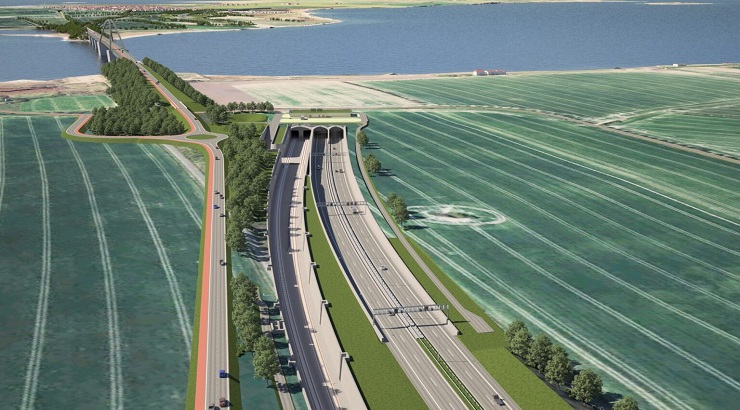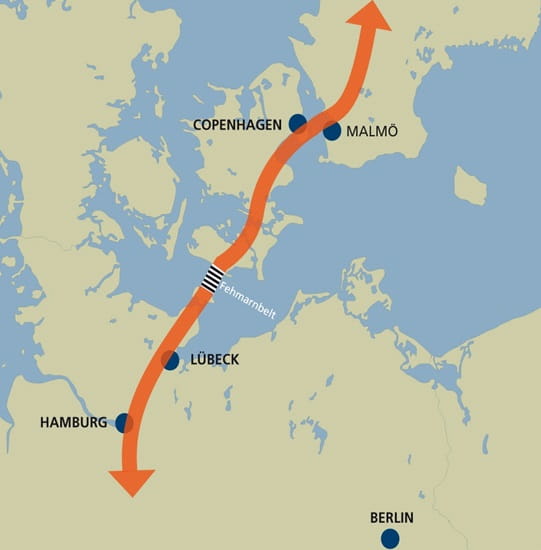Infrastructure
Fehmarnbelt Tunnel Making Record-Breaking Waves
Built under the Baltic Sea, this is the world’s longest prefabricated tunnel.

The Fehmarnbelt Tunnel, an 18 km underwater road and rail link between Denmark and Germany, is taking shape under the Baltic Sea, set to transform travel between the countries.
This record-breaking project, the world’s longest prefabricated tunnel, will reduce the 45-minute ferry ride to a 10-minute drive or a 7-minute train trip when it opens in 2029.
“It’s not only linking Denmark to Germany, it’s linking Scandinavia to central Europe,” said Henrik Vincentsen, CEO of Femern, the Danish firm overseeing the project.
“Everybody’s a winner. And by travelling 160km less, you’ll also cut carbon and reduce the impact of transport.”
RELATED: World’s Longest Asymmetric Cable-Stayed Bridge
The Fehmarnbelt Tunnel, whose construction began in 2021, differs from standard water tunnels drilled through bedrock. Instead, the facility is being built by placing large sections on the seabed—a technique known as “immersed tunnelling.”
Prefabricated concrete elements, measuring 217 metres in length and weighing over 73,000 tonnes, are being produced at a large facility on the island of Lolland, Denmark.
These elements are then towed out to sea and carefully lowered into a trench on the seabed, where they will be linked together like giant Lego blocks.
“Immersed tunnels have been built before, but never on this scale,” Vincentsen explained.
The tunnel’s construction is not only challenging due to its size but also due to the complexities of ensuring each element is aligned to within 15mm precision using GPS-guided equipment.
The $8.1 billion Fehmarnbelt Tunnel is mostly funded by Denmark, with an additional $1.4 billion from the European Commission. It will carry more than 100 trains and 12,000 cars daily when completed, greatly enhancing transportation across the Baltic.

The decision to build a tunnel instead of a bridge was influenced by safety and environmental concerns. A bridge, although initially planned, was ruled out due to the risk of ship collisions and the depth of water at the location, which made it unsuitable for a bridge.
Additionally, gusty winds could cause traffic congestion.
Denmark and Germany signed an agreement to build the tunnel back in 2008, but the project was delayed by opposition from ferry operators and German conservation groups concerned about the ecological impact.
RELATED: Mumbai-Goa Highway to Open After 14-Year Delay
The Nature and Biodiversity Conservation Union, for instance, claimed this part of the Baltic is a habitat for larvae and harbour porpoises, which are sensitive to underwater noise.
However, in 2020, the environmental group’s legal challenge was dismissed by a federal court in Germany, which green-lighted construction to proceed with mitigations in place, including the creation of a 300-hectare wetland nature reserve on reclaimed land.














